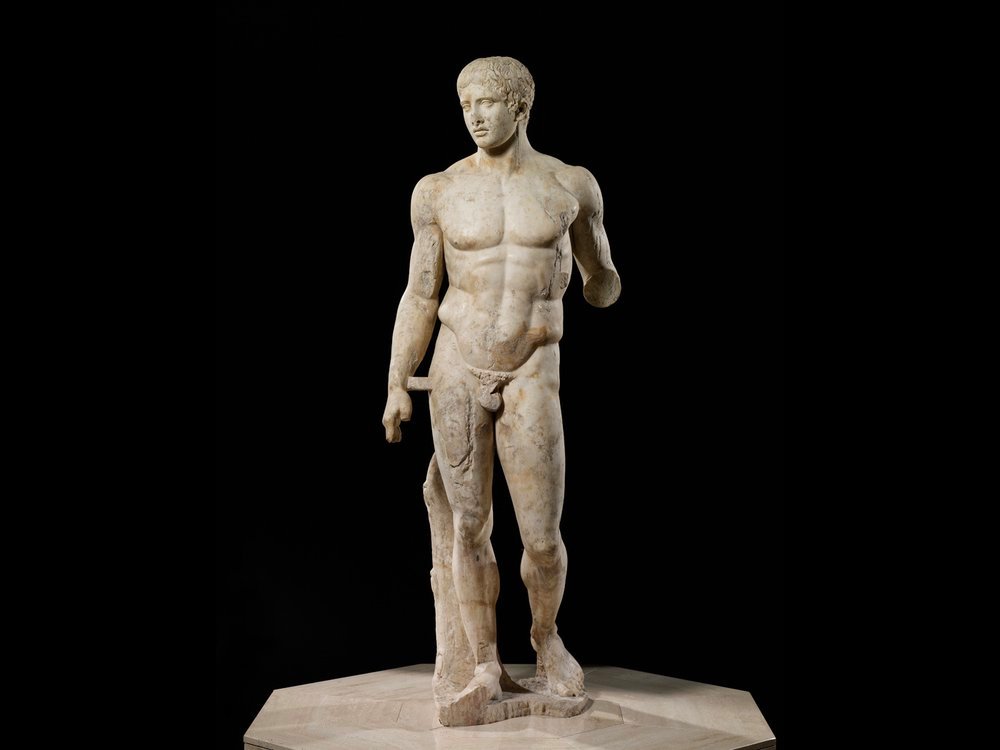Roman statues are often found missing arms due to a combination of factors, which include the passage of time, material vulnerability, and historical circumstances.
Someone may think it is because these parts tend to break off, and the older a statue is, the less likely it is to have been preserved intact.
A structural engineer said, In general the main body of the statue is under Compression from gravity compressing everything towards the floor/ground.However, the arms (as others have noted) are made separately and then attached to the body. They don’t have any “underneath” support so gravity is placing the material under Tension. Those materials tend to be brittle and then there is “creep” over time creating cracks and the tension eventually causes the arm to fail its attachment to the main body.

Totally, one reason is that arms are often broken off of statues due to weathering or vandalism. Another reason is that, during the time when many Roman statues were made, most arms are made separately from the rest of the statue. But I think the main reasons should be follows:
- Age and natural decay: Many Roman statues are thousands of years old, and over time, they have been subjected to various environmental conditions, such as wind, rain, and temperature fluctuations. This has caused the statues to degrade and lose parts of their structure.
- Fragility of the material: Most Roman statues were made of marble or bronze, which, despite being strong materials, are also prone to breaking. The arms of these statues are often thinner and more extended than other parts of the body, making them more susceptible to breakage.
- Accidental damage: Throughout history, accidents have occurred during the transportation, excavation, and restoration of these statues, which can result in the loss of arms or other parts.
- Vandalism and iconoclasm: In various periods, Roman statues have been deliberately damaged or destroyed for political or religious reasons. Iconoclasts, for example, targeted statues to erase the memory of past leaders or deities, often breaking off their arms or other parts to make them unrecognizable.
- Reuse and recycling of materials: Over the centuries, some statues were repurposed or had their materials recycled for other uses. For instance, bronze statues were often melted down to create weapons or other items, which may have resulted in the loss of some statue parts, including arms.
- Archaeological excavation and reconstruction: When statues are discovered in archaeological sites, they are often found in fragments. Some parts, like arms, might be missing or too damaged to be reattached, leaving the statues incomplete.
Despite these challenges, many Roman statues have been remarkably well-preserved and continue to provide valuable insights into the culture, beliefs, and artistic techniques of the ancient Roman world.
So, Do you have a different opinion? Please share this below this blog.


